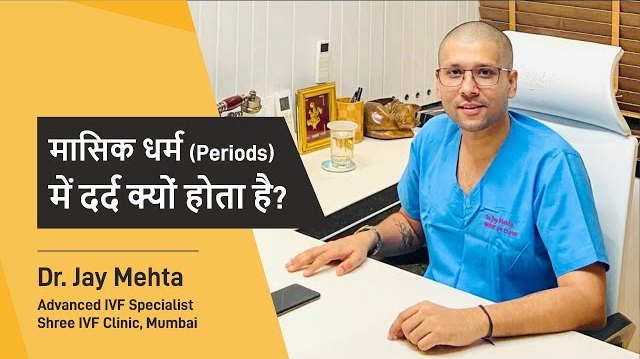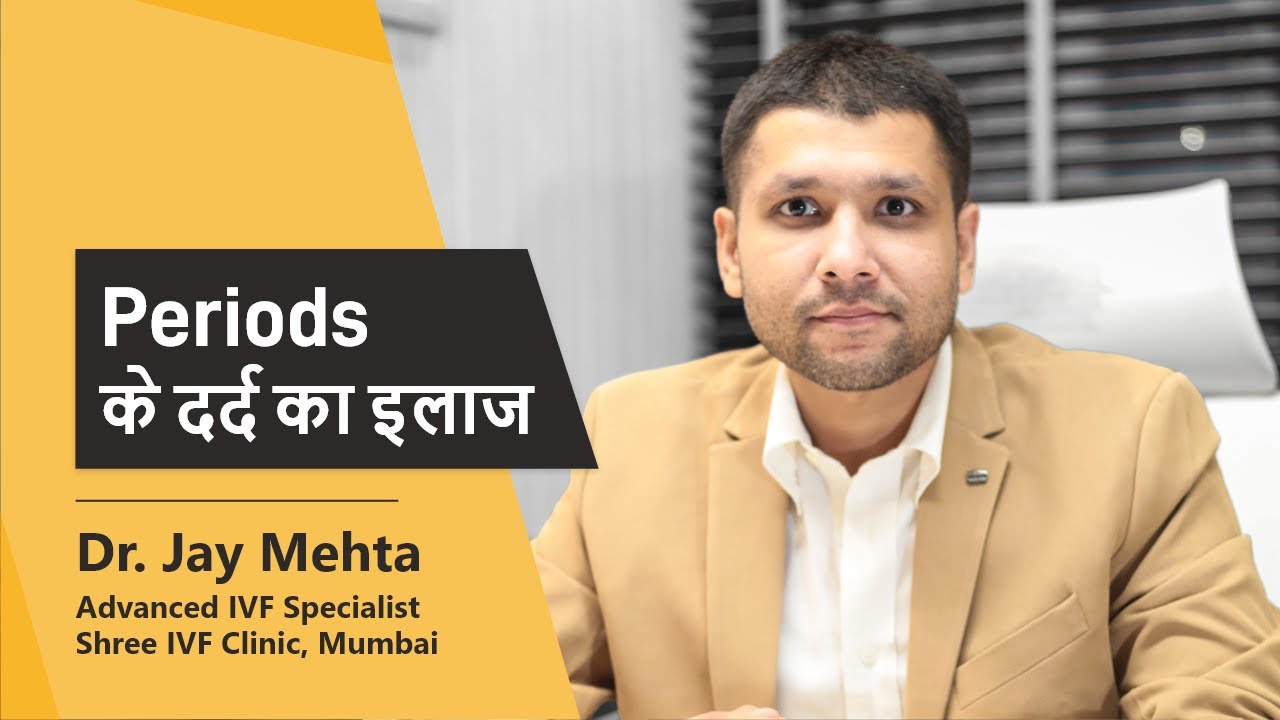Adenomyosis IVF के Success Rate को कैसे Affect करता है? – Dr. Jay Mehta
UPDATED ON 17th NOV. 2023
When couples turn to In Vitro Fertilization (IVF) to overcome fertility challenges, the health of the uterus plays a pivotal role in the success of the procedure.
Adenomyosis, a lesser-known condition, can significantly influence IVF outcomes. This blog aims to explore the intersection of adenomyosis and IVF, detailing how it affects success rates and what potential treatments may improve fertility outcomes.
AUTHOR
Dr Jay Mehta
Scientific Director & IVF Specialist with 10+ years of experience
TREATMENT
CONDITION
GET IN TOUCH ON
Exploring Adenomyosis: A Closer Look
Adenomyosis is a gynecological condition where the endometrial tissue, which normally lines the uterine cavity, starts to grow into the myometrium, which is the muscular wall of the uterus.
This infiltration leads to a thickening of the uterine wall and can cause a distortion of the normal uterine architecture. This thickening is typically more pronounced on the posterior wall, resulting in asymmetry within the uterine cavity.
Read More: A Quick Overview of the Adenomyosis Stages
Impact on Fertility and Implantation
- Disruption of Endometrial Function: The encroachment of endometrial tissue into the myometrium can disrupt the normal cyclic changes and receptivity of the endometrium.
- Alteration of the Implantation Window: The implantation window is a finite period when the endometrium is most receptive to the embryo. Adenomyosis can lead to an altered hormonal environment, potentially shifting the timing and reducing the receptivity of the endometrial lining.
- Compromised Embryo Implantation: The structural and functional changes associated with adenomyosis may compromise the process of embryo implantation, which is essential for a successful pregnancy.
Understanding the pathophysiology of adenomyosis helps to comprehend its potential impact on fertility and the success rates of assisted reproductive technologies like IVF
IVF Success Rates and Adenomyosis: The Real Picture
When it comes to IVF – a process many hope turns the dream of parenthood into reality – the success rate typically hovers between 35 to 40% with a healthy uterus. Enter adenomyosis, and these rates can start to wobble.
Imagine trying to wallpaper a room where one wall isn’t smooth but has lumps and bumps. The endometrial cells that have gone rogue and embedded themselves in the uterine muscle can cause painful periods and a sort of internal chaos that isn’t conducive to pregnancy.
It’s like trying to plant seeds in a garden that’s not been tended properly; they may not take root as well. This internal strife suggests that the once hospitable environment of the uterus might now be less welcoming to an embryo, reducing the chances of IVF leading to a successful pregnancy.
Treating Adenomyosis for Improved IVF Outcomes
When tackling adenomyosis to boost the odds of IVF success, doctors often prescribe a regimen tailored to dial down the spread of adenomyosis. The goal here is to shrink its presence by about 15%. It’s a bit like pruning a garden; you cut back the overgrowth in hopes of a healthier whole. Even with such treatment, it’s important to temper expectations.
The reality is that even after reducing adenomyosis, IVF success rates often remain under the 20% mark. This is a hard fact, not a pessimistic view. These numbers come from real-world data, uncolored by the sometimes too-rosy pictures painted by clinic brochures or success stories.
Don’t let Adenomyosis symptoms control your life. Trust Dr. Jay Mehta at Shree IVF Clinic for expert Adenomyosis Treatment in Mumbai. Take charge of your health – schedule a consultation now.
” Every individual and couple’s journey is unique, and
finding the right solutions tailored to their specific
circumstances can make all the difference “
Key Considerations
- Hormonal Therapies: These aim to control the menstrual cycle and potentially lessen the effects of adenomyosis, creating a more favorable environment for IVF.
- Surgical Interventions: Techniques like laparoscopy may be employed to excise adenomyotic tissue, which could improve the structure and function of the uterine lining.
- Alternative IVF Protocols: Tailored IVF protocols may be required to address the specific needs presented by adenomyosis.
Staying informed about the latest medical research and treatment options is also crucial. As medical science advances, new therapies and interventions could emerge, offering improved chances of successful conception and pregnancy.
Discuss with your doctor what success would look like for your particular situation and set realistic goals.
Conclusion
While adenomyosis poses a challenge to successful IVF, understanding its impact and seeking appropriate treatment can help couples navigate their fertility journey with realistic expectations and an informed approach.
It underscores the importance of comprehensive uterine health assessments in the IVF process and highlights the need for specialized care in cases where adenomyosis is present.
With the right medical strategy, the hurdles presented by adenomyosis can be addressed, offering hope to those affected by this condition.
AUTHOR
Dr Jay Mehta
Scientific Director & IVF Specialist with 10+ years of experience
CONDITION
CALL US 24/7 FOR ANY HELP
GET IN TOUCH ON
Share Article on
Recommended Reading
Menstrual cramps, Painful periods | Is it endometriosis or adenomyosis?
Adenomyosis and endometriosis are the leading causes of severe menstrual cramping in women
Different Types of Treatment Options Used for Adenomyosis
Treatment options for adenomyosis include hormonal therapy, anti-inflammatory medications, hysterectomy, and uterine artery embolization
Understanding Adenomyosis of the Uterus
Adenomyosis is a medical condition that affects the uterus in women, causing painful symptoms and potentially impacting fertility





